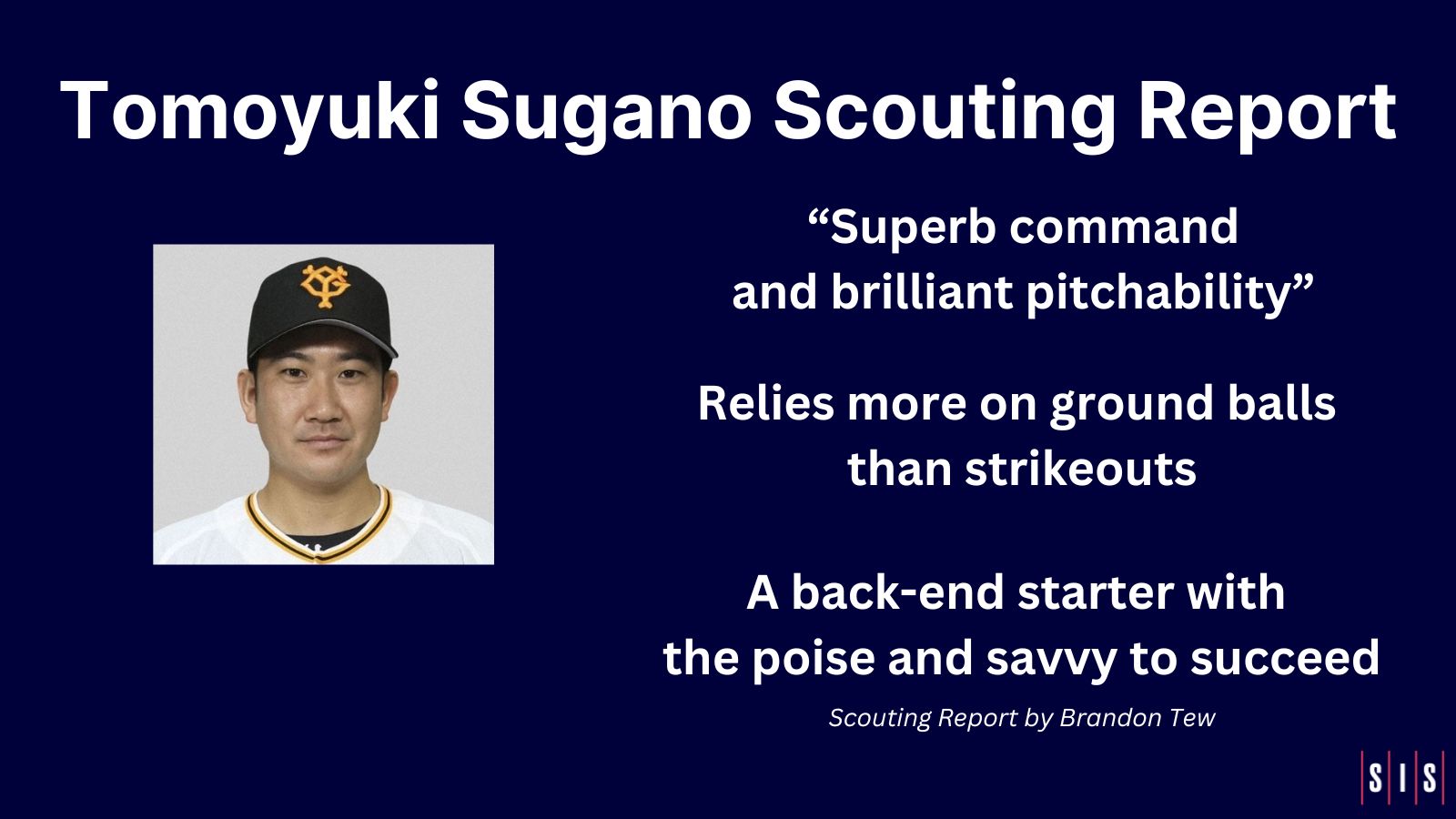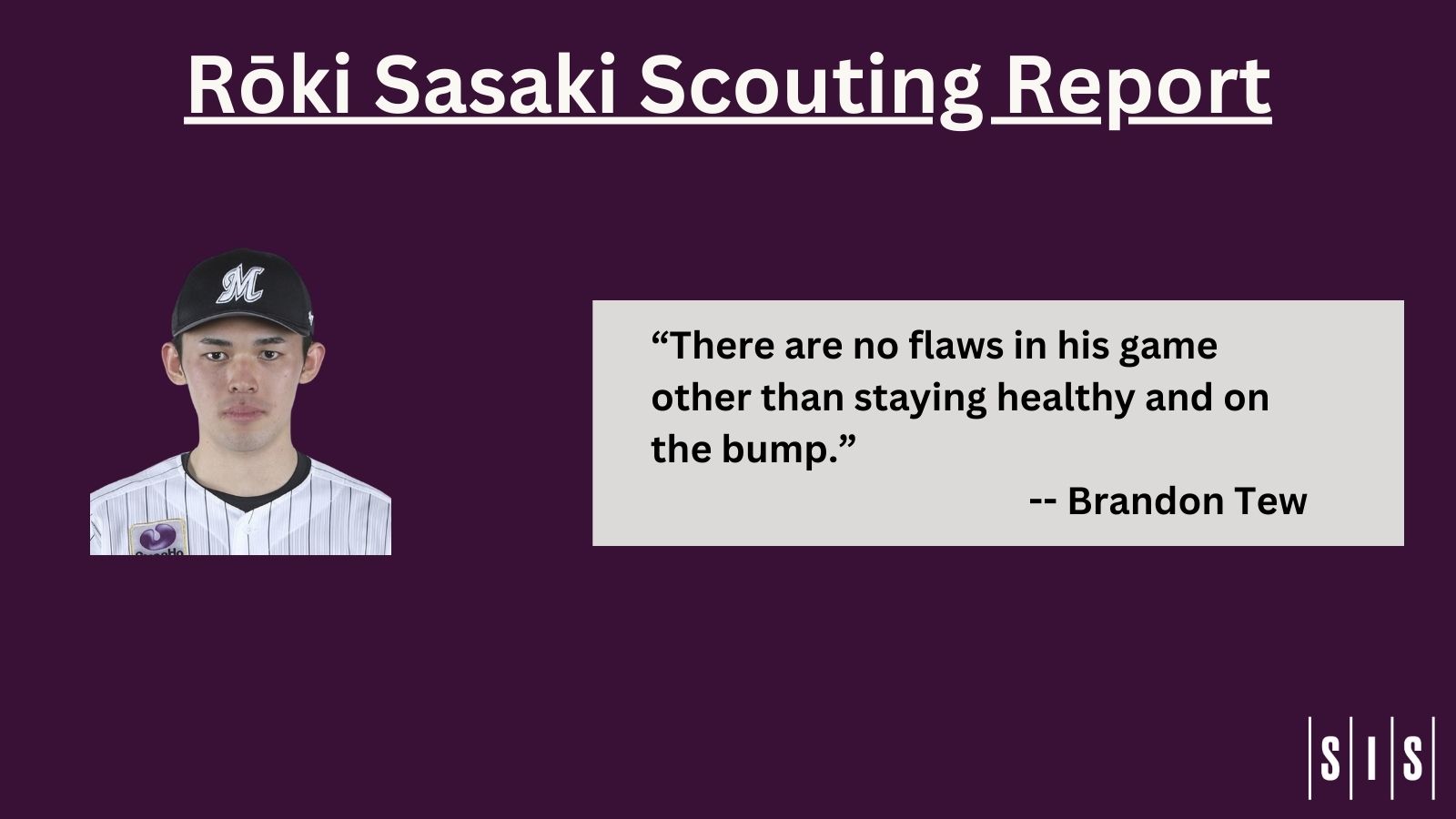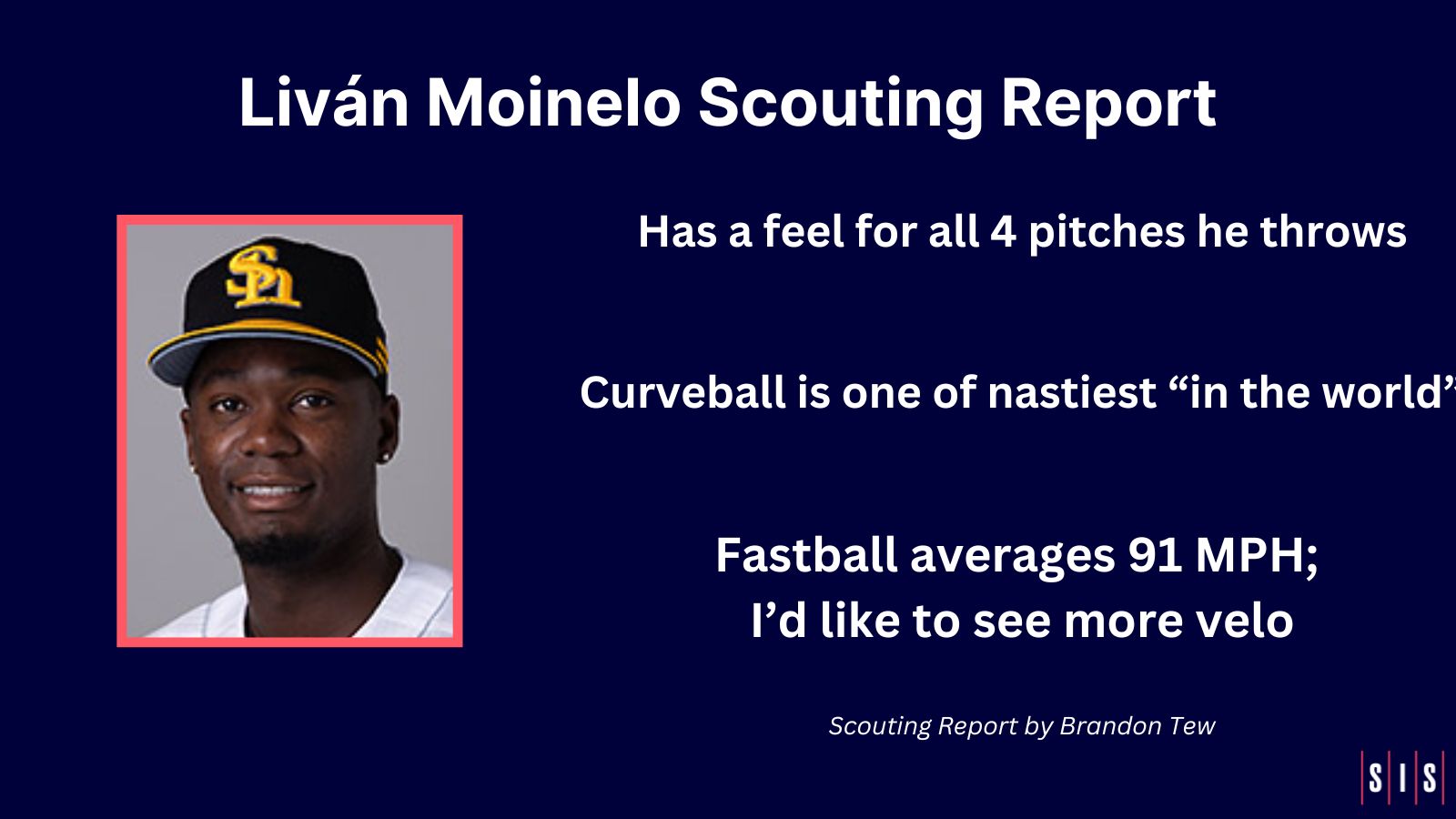Samurai Japan has one of the best pitching staffs in the WBC this year. The names Shohei Ohtani and Yu Darvish will be known by MLB fans but a couple of young pitchers across the Pacific Ocean have been making waves in NPB.
The young aces
Two of the best young pitchers in baseball reside in NPB and will be critical factors in Team Japan’s success in this upcoming WBC. Starting with the best pitcher in NPB the last few seasons, Yoshinobu Yamamoto. Yamamoto has dazzled as the Ace of the Orix Buffaloes and was a major factor in why they won the 2022 Japan Series title over the Yakult Swallows.
Yamamoto is coming into the WBC off of back-to-back stellar seasons in NPB. In 2021 he had an ERA of 1.39 in 193 2/3 IP with 206 Ks to 40 BBs. He finished with a FIP- of 55. Yamamoto was truly dominant in 2021 and backed that up with more dominance in 2022.
Last season Yamamoto continued his success with a 1.68 ERA in 193 IP and 205 Ks to 42 BBs almost identical numbers to 2021. His FIP- of 60 led the pack among qualified pitchers.
Yamamoto has one of the prettiest curveballs in the world. With excellent command of the pitch as a get-me-over pitch for a strike or a swing-and-miss pitch in the dirt.
Here are some different ways Yamamoto uses his curveball:
Yamamoto has an interesting way of throwing his curveball and it makes the pitch even more effective than most curves. The Ginoza Grip, which I pointed out in my deep dive piece a few months ago, is worth revisiting. Yamamoto shows the back of his hand and flicks the ball or pushes it with his thumb, creating topspin on the ball at a higher efficiency and causing sharp movement.
Yamamoto’s curveball averaged 79.6 mph which is a high velocity for this type of curveball. Last season. He got 54 Ks with the pitch and it had the lowest slugging percentage of any pitch in his arsenal at .165.
There’s a deadly combo between Yamamoto’s fastball and curve. His fastball is electric. He can throw 97 mph with ease and he routinely sat around 94 mph last year.
Yoshinobu Yamamoto, 97mph Fastball Mechanics (reg speed & slow).
#1 Pitcher in Japan: 1.54 ERA in 386.2 innings over last 2 years, with a 9.6 K/9. He's only 24 years old.
Full live ab video: https://t.co/xjxdWp4Ggq [h/t @ExcitingBaseba1] pic.twitter.com/Oy4n63HeKX
— Rob Friedman (@PitchingNinja) February 10, 2023
Although fastball command is a true separator for Yamamoto as there are countless examples of him painting the edges of the plate, like an artist. Going back to his no-hitter against Seibu he was pinpoint most of the game, spotting the fastball where he wanted it.
Just look at some of these fastballs knife through the edges of the zone:
He’s able to spot his fastball in all four quadrants of the strike zone at any point in the at-bat so hitters have to respect it.
What I had originally called his splitter or even a sinker-type splitter is more of a sinker than a splitter or forkball. Yamamoto creates a little bit of sidespin and backspin on the ball, almost throwing a hybrid between the two pitches. This is what most Japanese pitchers refer to as the shuuto, which more or less is a sinker.
Yamamoto’s ability to throw this pitch both for a strike at the bottom of the zone and diving away starting at the knees makes it a true strikeout weapon for him. He recorded 76 strikeouts with the pitch last season and routinely used it with two strikes. He had a 40.3 % whiff rate on the pitch last season.
Yamamoto, who also throws a slider and a cutter, has one of the best pitch repertoires in NPB and he’s about to showcase it on the world stage again.
Roki Sasaki is probably the best pitching prospect not in MLB. I broke down his perfect game last season when he struck out 19 Orix Buffaloes on April 10th. He backed that performance up with another 8 innings of perfect baseball before being pulled at 102 pitches.
The young ace of the Chiba Lotte Marines has started only 31 games in his NPB career going back to 2021 but he’s been a phenom so far.
In those 31 starts he has a 1.95 ERA and has struck out 241 batters in 192 2/3 IP with an 11.3 K/9 and a 1.8 BB/9. Like Yamamoto, Sasaki controls the strike zone and pumps in strikes. He might not throw with as much command as Yamamoto to this point but he locates to both the arm and glove side with his fastball which sets up his nasty splitter.
He is also one of the hardest throwers in the world, routinely touching triple digits with his four-seam fastball. He averaged 98.3 mph last year and struck out 58 batters with his heater. He’s also able to throw with smoothness and ease. Add in long limbs and a powerful move down the mound as he gets great extension toward the plate, making his fastball even better.
The fastball has life and carry through the zone and it explodes out of his hand. Above you can see even a little tailing action back to the plate. The fastball control – in the zone and down at the knees – sets up his splitter.
Sasaki’s splitter is a roller coaster ride of a pitch that waits until the last split-second to drop out of the sky as it darts toward the dirt. His splitter is one of the best strikeout pitches in the world. He got 106 strikeouts with it last season 95 of them swinging. Nearly half the swings against it resulted in misses.
Batters have to commit to the pitch because of his fastball and the late action on the pitch causes batters to routinely swing over the top of it. He’s also able to create different movements either cutting or fading the pitch depending on what he wants.
The slider and curveball are works in progress as Sasaki is mainly a two-pitch pitcher for now but the slider does have promise as he can create depth with just a little bit of cut away from the batter to keep them off of his splitter. It produces a 48% whiff rate which is actually better than his splitter.
He throws the splitter sparingly though, same as his curveball and slider, which he threw 90 times each last season. He throws the slider more in two-strike situations and his curve as a strike stealer early in counts.
Sasaki and Yamamoto at ages 21 and 24 respectively are some of the best young pitchers on the planet. Japan is expected to advance to the knockout stages of the tournament and Team USA might be on a collision course to face one or both of these young pitchers in the semifinals.



